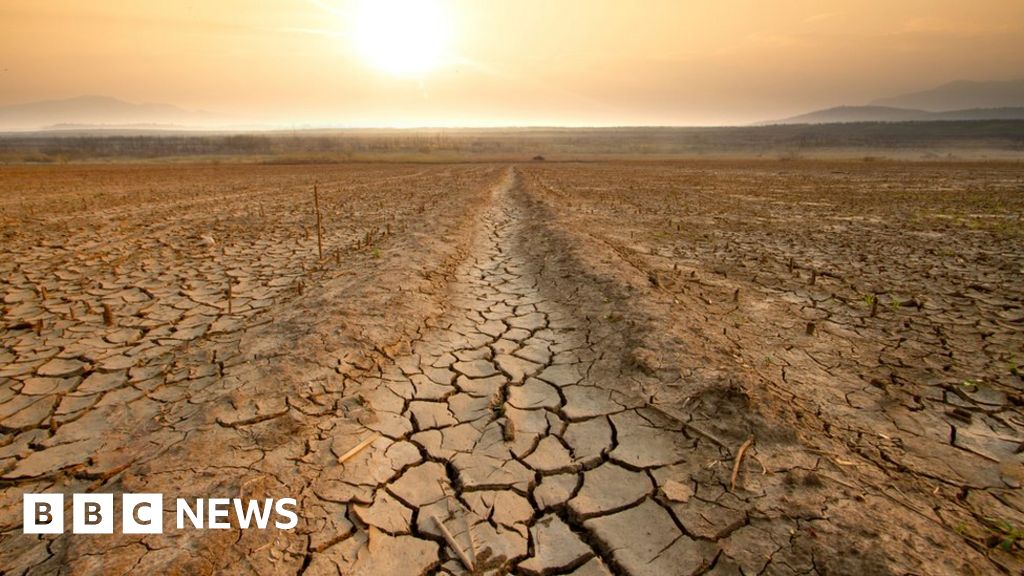The world is breaching a key warming threshold at a rate that has scientists concerned, a BBC analysis has found.
On about a third of days in 2023, the average global temperature was at least 1.5C higher than pre-industrial levels.
Staying below that marker long-term is widely considered crucial to avoid the most damaging impacts of climate change.
But 2023 is “on track” to be the hottest year on record, and 2024 could be hotter.
“It is a sign that we’re reaching levels we haven’t been before,” says Dr Melissa Lazenby, from the University of Sussex.
This is the best summary I could come up with:
In 2016, influenced by a strong El Niño event - a natural climate shift that tends to increase global temperatures - the world saw around 75 days that went above that mark.
One theory - which is still uncertain - is that a fall in air pollution from shipping across the North Atlantic has reduced the number of small particles and increased warming.
Up until now, these “aerosols” had been partly offsetting the effect of greenhouse gas emissions by reflecting some of the sun’s energy and keeping the Earth’s surface cooler than it would have been otherwise.
While the northern hemisphere will naturally cool in autumn and winter, there is a view that the large temperature differences from the pre-industrial period may persist, especially as El Niño reaches a peak at the end of this year or early next.
Researchers believe that these ongoing high temperature anomalies should be a wake-up call for political leaders, who will gather in Dubai in November for the COP28 climate summit.
In March, the UN urged countries to accelerate climate action, stressing effective options to reduce emissions were available now, from renewables to electric vehicles.
The original article contains 1,138 words, the summary contains 191 words. Saved 83%. I’m a bot and I’m open source!



